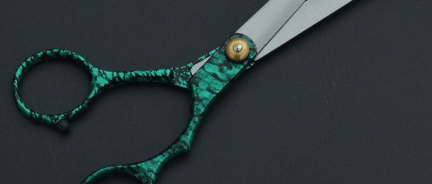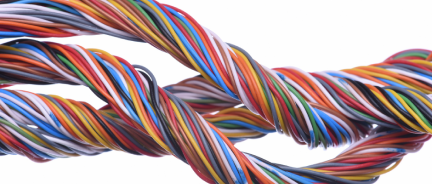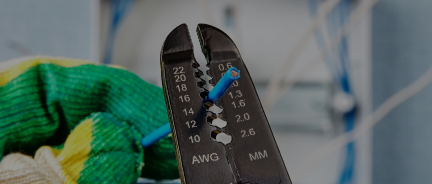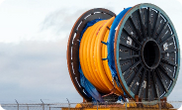What is the difference between MC-HL and regular MC cable?

MC and MC-HL cables are the most typical metal-clad cables on the market. There is confusion about whether there is a difference between the two. This short blog entry will settle any confusion you might have.
What is an MC Cable?
MC is a metal-clad armored cable. The cable is regulated by UL 1569 standard. The cable is available in various voltages, including 600 volts, 2000 volts, 2.4 kV to 35 kV voltage, and cables with OF optical-fiber members. There are variations of MC cable on the market. There are MC cables with several neutral wires and MC cables with multiple branch circuits. The cable is locked into the armor. The armor can be metal tape or a smooth sheath depending on the particular cable. It can be made of steel or aluminum.
There is a vast range of regular metal-clad cable applications. MC cable is used in lighting, control, and medium voltage power applications. According to the National Electric Code, the wires can be used for service, feeders, and branch circuits.
In an industrial setting, MC cables are installed in a cable tray. This is an excellent and cheaper alternative to a wire placed in a conduit. The MC cable is suitable for use both indoors and outdoors. MC cables are ideal for raceways and for direct burial if specified by the manufacturer of the particular cable. Metal clad cables can be concealed or exposed.
What is an MC-HL Cable?
Type MC HL is the metal-clad cable used in hazardous locations. According to the National Electric Code, the cable is suitable for hazardous locations in voltage between 600 V and 35 kV. MC-HL cable has extra protection from flames as hazardous locations are prone to explosions as the result of the impact of flammable gasses, vapors or liquids. The cable has a continuously welded sheath.
In hazardous locations, MC-HL wires are used for general purposes. They are suitable for industrial, commercial, and utility applications. They are used as power cables in a variety of industries, including the petrochemical industry.
The Bottom Line
The difference between a regular MC cable and an MC-HL cable is that the latter is suitable for hazardous locations.
At Nassau National Cable, you can buy excellent MC and MC-HL cables at the best prices in the industry.
Here are the particular types of MC cables that we sell:
- Metal Clad Copper Conductor 600V Aluminum Armored Cable is a standard MC cable with aluminum armor.
- Type MC PVC Jacketed Copper Feeder Conductor is the cable with a PVC jacket that protects the armor. The cable is suitable for installation in wet and damp locations.
- Metal Clad Conductor Copper Solid Aluminum Armored W/ Ground PVC Jacket is a cable with a ground conductor where grounding is required.
- Type MC Interlocked Armor Control Cable PVC Jacket 600V is a cable with more flexible armor. Thanks to its PVC jacket, it works in wet and damp locations.


















